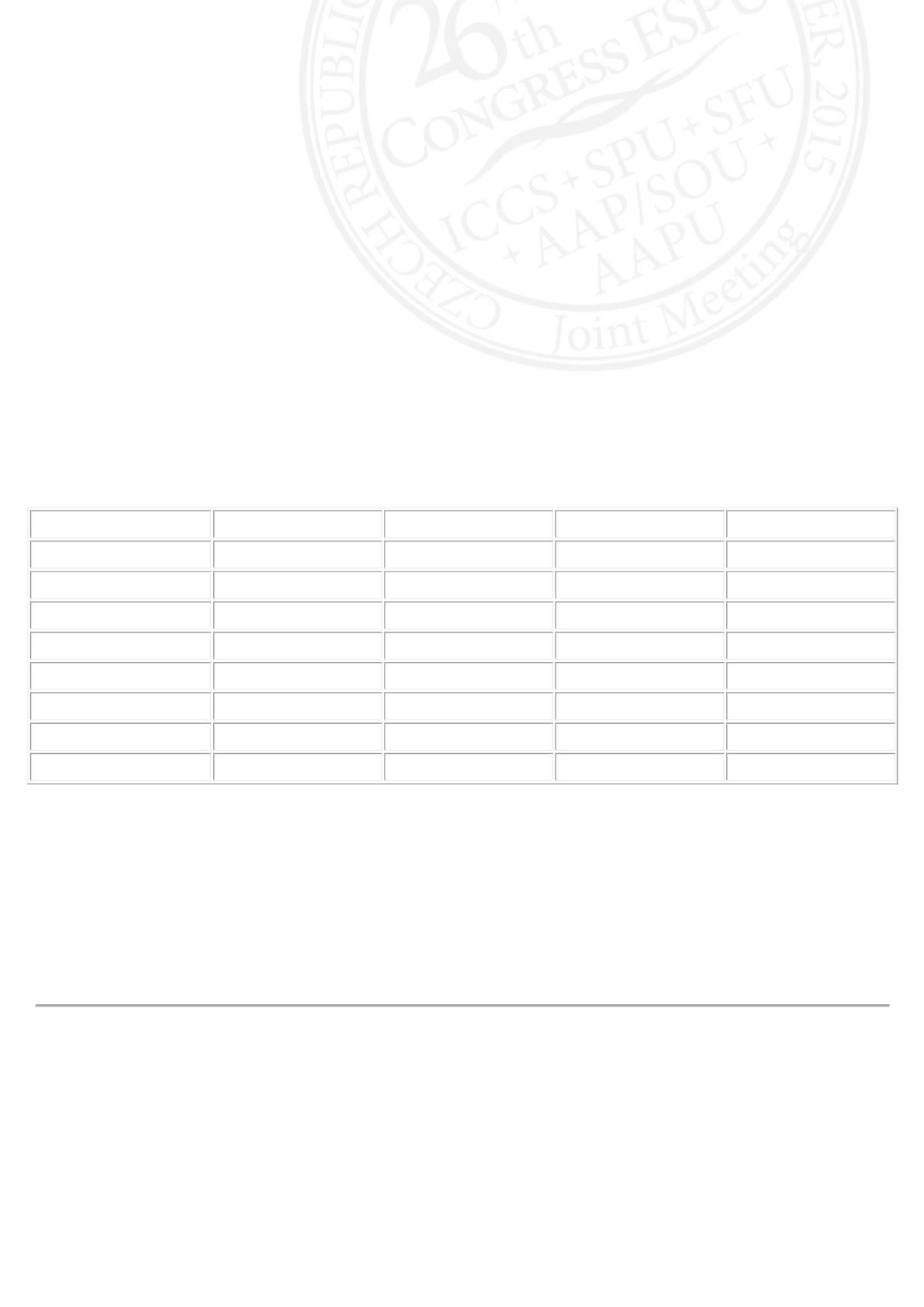

08:28 - 08:32
ICCS S3-6
(SO)
A PROSPECITVE RANDOMIZED TRIAL OF BUZZER AND VOICE ALARMS FOR
NOCTURNAL ENURESIS
Elizabeth JACKSON, Denise FERGUSON and Marion SCHULTE
Cincinnati Children's Hospital Medical Center, Urology, Cincinnati, USA
PURPOSE
Enuresis alarms successfully treat nocturnal enuresis, but alarms can be stressful. In a sleep lab study (Smith, et al.
Pediatrics 2006;118:1623-1632), 6-12 year olds woke from stage 4 sleep more often to a voice smoke detector than a
tone smoke detector. Voice recordable bedwetting alarms are available. We randomized children to buzzer or voice
alarm to see which alarm was more effective.
MATERIAL AND METHODS
If the child chose to use a bedwetting alarm, the family was given a chance to enroll in the bedwetting alarm study
approved by the Institutional Review Board. 197 children were divided into groups according to sex and age. Within
each group, the children were randomized to receive the voice alarm or the buzzer. Success = 28 consecutive dry
nights with no alarms. Improvement = less than 1 wet night per week. Failure = at least 1 wet night per week at the
end of 4 months.
RESULTS
Type of Alarm
Boys 6-11 years
Boys 12-17 years
Girls 6-11 years
Girls 12-17 years
Buzzer Success
18
4
12
3
Improved
2
1
2
1
Failure
20
8
11
2
LTF
4
2
1
5
Voice Success
22
5
4
7
Improved
1
0
4
1
Failure
12
9
14
5
LTF
7
3
5
2
LTF: lost to follow up
In this study 50% of those completing the study were dry or improved at the end of 4 months using either type of
alarm.
CONCLUSIONS
In a prospective randomized study, the initial success rate (28 consecutive dry nights) was not different between
children using the voice recordable alarm and children using the buzzer alarm for nocturnal enuresis.












